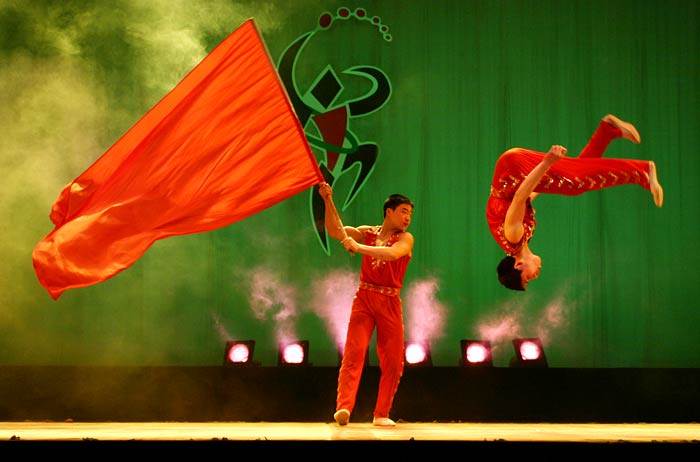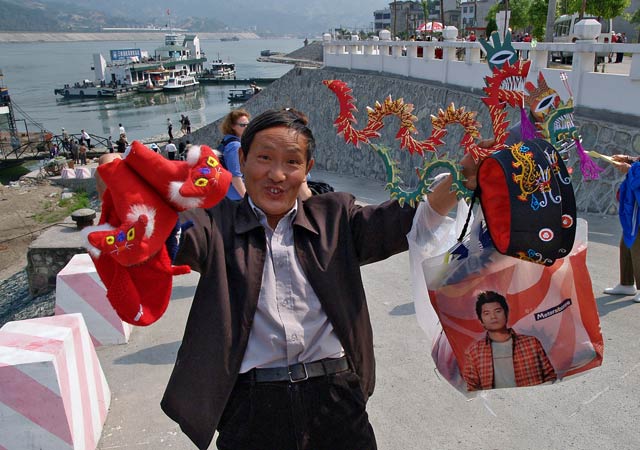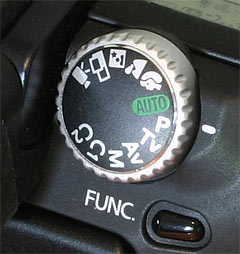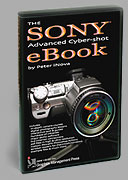|
Jump All photos by the author. |
Travel Overview Page 2 of 4, Continued... Page 1 Page 3 Page 4  Young acrobats perform in Wan Zhou. --Canon 300D / Sigma 28-200mm Hyperzoom lens. Experiences: How does a pro dSLR stack up against a prosumer dSLR? That quickly became the central essence of the entire trip's challenge. The Canon Digital Rebel won't be mistaken for a pro system--Canon's 10D and higher cameras fill that category--but that doesn't mean you get amateur images from it, either. The kit lens adds only $100 to the price of the body alone but reveals itself to be possibly the best value in dSLR optics one can buy today. At all zoom settings it delivers sharp, detailed images with excellent contrast and consistent, dependable results. Field of view ranges from 28 to 88 mm in 35mm film camera terms and thousands of images came back alive through this camera.
Added to that was another bargain optic, the Sigma 28-200mm, f/3.5-5.6 zoom which sells on the Web for under $180 from many places. Outstanding images were returned by all three of these lenses. The acrobats above, for instance, were captured with the Sigma as well as most of the tele-looking shots you see attributed to this camera. Since the Sigma lens is not made by nor warranteed by Canon, we were dismayed when it decided one morning to go a little nuts. During Auto Focus half-press operations at mid-tele zoom settings, it started pumping in and out of focus and we feared that it might have developed a fault. We could switch it to manual focus, but that would be a painful compromise so we fiddled with the camera for a while.  Floating supermarket. --Canon 300D / Sigma 28-200mm zoom lens.
Note: It turned out to be a fault within the lens, not the camera body, and Sigma fixed it with a ten day turn-around under warrantee.
The basic E-1 is heavier than the Canon Digital Rebel by nearly 25%, and I'm sure the extra mass helped with some slow exposures (1/15th and 1/8th sec) that came in clear and solid when they had every right to be motion-blurred during the long shutter opening. With a 2:1 field of view factor, the Olympus 50-200mm f/2.8-3.5 lens became a huge asset. It's equal to a 100 to 400mm tele zoom on a 35mm camera and the number of long lenses with these apertures is relatively low. It's a candid photographer's dream lens.
But the Oly cuts a 3:4 aspect image out of the world in front of you with the same corner to corner field of view that 3:2 cameras use in their wider aspect ratio shots. What that means in practical terms is this: after cropping the image to typical real-world publication aspects, the 3:4 frame slices off less of the ends while 3:2 images get more severe typical cropping treatments. The 3:4 image retains more of its wide field of view after manipulations like these. A slightly higher percentage of these 3:4 aspect frames survive in my files as shot without cropping. It seems that my tendency is to get compositions more ideally correct in the camera with the Olympus' native aspect ratio. Our 6.3M/5M graphic above shows how the Oly stacks up, pixel for pixel of coverage, against a Canon 6.3 megapixel image. Vertically the Olympus pixel count is 94% of the Canon sensor's count (and 96% of the Nikon sensor's count). But are those cameras actually visibly better? Not actually. Per-pixel performance from all of them is quite close. And what happens to wide coverage? In extreme wide zoom shots, the 5M image preserves that wide angle of view before being cropped, but if a 3:2 image is cut to typically squarer dimensions, the effective wide coverage becomes about 32mm. Of course, if you crop a 3:2 image to a more extreme panoramic (many examples of that, too, on these pages) then the wide lens coverage is preserved. But only to the same extent that it is preserved by cropping a 3:4 aspect original. Foods for thoughts.  I have exactly what you NEED! --Olympus E-1. Here's some interesting news: Olympus is bringing out a lower-cost Four Thirds camera at Photokina in September--a new body that takes the same great lenses used with the E-1--and it should be on sale by December.  Beijing's Tian Tan Park comes complete with celestial roofs. --Olympus E-1. One very cool professional feature with the E-1: its Auto white balance uses an extra color reading light sensor on the camera body to read the current ambient light for local white balance.
The preferred carry turned out to be a shoulder strap and its menu system was judged to be excellent, allowing complex ideas to be frequently and quickly accessed. The zoom range is exceptionally long for a lens that folds up this small, and the metal body feels very good in my average-size hands. Its Manual focus system is the best there is, allowing a combination of focus magnification and momentary one-button activation of the feature, but Auto focus is typical for compact cameras in terms of timing lag. One special feature: Focus Bracketing for situations where focus lock may be ambiguous. Images from this camera are fully equal to those from the Digital Rebel in terms of detail, but noise starts being a heavy factor at ISO 200 and higher. The extending lens barrel is marked with a handy focal length "ruler" in actual and 35mm equivalent millimeter markings and a nice, compact tulip lens shade and wireless remote control come in the box.  The south entrance to Tien An Men Square is dominated by the Shenyang Gate. --Canon PowerShot Pro1.
Being a live-view camera, it should have offered a live histogram function. We don't know why they left that option off the list. The histographic display works in fast review and playback only. Surprise, Canon's effects menu is useful rather than being silly (think Sony's "Solarize" effect). Sepia in the camera is not so useful, but B&W, Extra Saturation, Low Sharpening, Neutral Coloration and Custom (sharp/saturation/contrast) are all quickly accessible effects and easy to change while working with the camera. In all, the camera works hard to help you solve exposure and camera setting problems with logical menus that operate under a unified access design and implementation philosophy.
The Nikon-exclusive BSS feature made it the darling of low light situations and its compact size assured it of a place in the camera bag 90% of the time. This year it barely got used because once the commitment to a larger dSLR camera is made, small cameras like this become "backup" instruments, pushed to the side in favor of the more exciting, faster moving dSLR experience. Night excursion boat at Chongqing. --Nikon Coolpix 5400 using BSS. Continued on Overview Page 3 -->
All rights reserved. Do not reprint. Do not link to images. Reprinting except for newsworthy mention and brief quotes are by permission only |
 We teamed it up with an appropriately low-cost
pair of extra optics. For potential low-light situations, a Canon
50mm f/1.8 EF was acquired for low bucks. These can be found
under $76 on the Web but I bought this one in a local camera
store. for just over $90. Advantage: returnability if anything
were amiss.
We teamed it up with an appropriately low-cost
pair of extra optics. For potential low-light situations, a Canon
50mm f/1.8 EF was acquired for low bucks. These can be found
under $76 on the Web but I bought this one in a local camera
store. for just over $90. Advantage: returnability if anything
were amiss. The Olympus E-1 is a thoroughly professional camera
system with features and work-flow ergonomics that can be felt
with every exposure. Its metal frame, leather covered grip surfaces,
rugged lens design, fast response and superb ergonomics let you
concentrate on the image you are attempting to capture.
The Olympus E-1 is a thoroughly professional camera
system with features and work-flow ergonomics that can be felt
with every exposure. Its metal frame, leather covered grip surfaces,
rugged lens design, fast response and superb ergonomics let you
concentrate on the image you are attempting to capture. Olympus has made this camera with a 5-megapixel
image chip at its core, and some may poo-poo the camera as being
somehow lower in usefulness than the less-expensive 6-megapixel
Canon and Nikon cameras.
Olympus has made this camera with a 5-megapixel
image chip at its core, and some may poo-poo the camera as being
somehow lower in usefulness than the less-expensive 6-megapixel
Canon and Nikon cameras. The Canon Power Shot Pro1 is the smallest 8-megapixel
compact camera out there, and it fits in a lightweight jacket
pocket. Just.
The Canon Power Shot Pro1 is the smallest 8-megapixel
compact camera out there, and it fits in a lightweight jacket
pocket. Just. One of its very coolest features is its
method of retaining two complete menu option setups to the external
Mode dial (C1 and C2). Meaning you can instantly select a Program
exposure mode + red eye + B&W + lower contrast + 2nd Curtain
+ flash pop up off + high speed continuous + wireless delay of
zero + ND filter in + Manual Focus magnifier on+digital zoom
off + 3 sec review + standard color space + intervalometer of
50 shots at 1min interval + ISO + effect + compression + image
size
One of its very coolest features is its
method of retaining two complete menu option setups to the external
Mode dial (C1 and C2). Meaning you can instantly select a Program
exposure mode + red eye + B&W + lower contrast + 2nd Curtain
+ flash pop up off + high speed continuous + wireless delay of
zero + ND filter in + Manual Focus magnifier on+digital zoom
off + 3 sec review + standard color space + intervalometer of
50 shots at 1min interval + ISO + effect + compression + image
size  + flash compensation
EV + regular EV+/- all under one simple, direct, up-front item
on the most obvious control on the camera. You get two of these
special setups in addition to your normal work flow that includes
whatever your normal settings for these selections might be.
Selecting either one turns the entire camera into a different
sort of machine. With two Custom setups plus your normal settings,
it's like having three different instruments. Canon isn't the
only camera to offer this sort of customization (think Nikon
and Olympus) but it is the most immediately useful implementation
of the idea we've seen.
+ flash compensation
EV + regular EV+/- all under one simple, direct, up-front item
on the most obvious control on the camera. You get two of these
special setups in addition to your normal work flow that includes
whatever your normal settings for these selections might be.
Selecting either one turns the entire camera into a different
sort of machine. With two Custom setups plus your normal settings,
it's like having three different instruments. Canon isn't the
only camera to offer this sort of customization (think Nikon
and Olympus) but it is the most immediately useful implementation
of the idea we've seen. The Nikon CP5400 takes a picture with just as many
pixels as the Olympus E-1 but weighs in at just a fraction of
that camera's mass. This camera does indeed fit in any jacket,
purse or cargo pants pocket so it can be there for you under
virtually any circumstance.
The Nikon CP5400 takes a picture with just as many
pixels as the Olympus E-1 but weighs in at just a fraction of
that camera's mass. This camera does indeed fit in any jacket,
purse or cargo pants pocket so it can be there for you under
virtually any circumstance. It's an electric zoom compact that covers
a 28 to 112mm zoom range similar to the basic range of the Oly
14-50mm zoom. You can visit the
It's an electric zoom compact that covers
a 28 to 112mm zoom range similar to the basic range of the Oly
14-50mm zoom. You can visit the 
 Get
the eBooks
Get
the eBooks